After visiting Kashmir, however, I can now clearly see why India didn’t want us to have this small piece of land that is rightfully ours. Bursting with streams and rivers, the natural beauty seen in Kashmir is unparalleled.
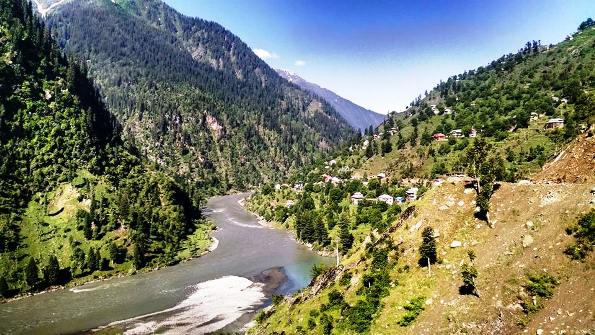 Lower Neelum Valley
Lower Neelum ValleyFollowing certain issues with the organisation we worked for and the treacherous heat wave in Karachi, my friends and I decided to go for a trip to the northern areas. Undecided where we were going to go, we came across some pictures of the Neelum Valley in Azad Kashmir on Facebook, thanks to the travel agents and tour guides that are stepping their game up on social media these days (a big thumbs up to them).
Kashmir? Perfect!
That’s where we all wanted to go now.
After arranging our tickets for Islamabad, a rendezvous pit stop before hitting the northern areas, we all just prepared ourselves for a ride that would keep amazing us as we went on. Having been charmed by Islamabad, we began our long journey by road with a rental car with a local driver (best decision ever, as the roads in Kashmir were a nightmare to drive on).The places we initially decided to stay at were Keran and Kel, the two popular villages and tourist destinations in the Neelum Valley.
There were countless check posts and camps set up by the Pakistan Army along River Neelum – the natural border between Pakistan and India which runs right along the Line of Control (LoC) between the two countries – which took a while to get through to.
 Our first stop was at a riverside restaurant called Marco Polo
Our first stop was at a riverside restaurant called Marco PoloWe made several stops during our ride to Keran, as there were some beautiful scenic views along the way and we obviously had to stop for other reasons as well.
If anyone has ever been or crossed River Neelum would know of the beauty that lies there. One instance is the beach that we came across in the middle of the valley.
 Beach in the middle of the valley
Beach in the middle of the valley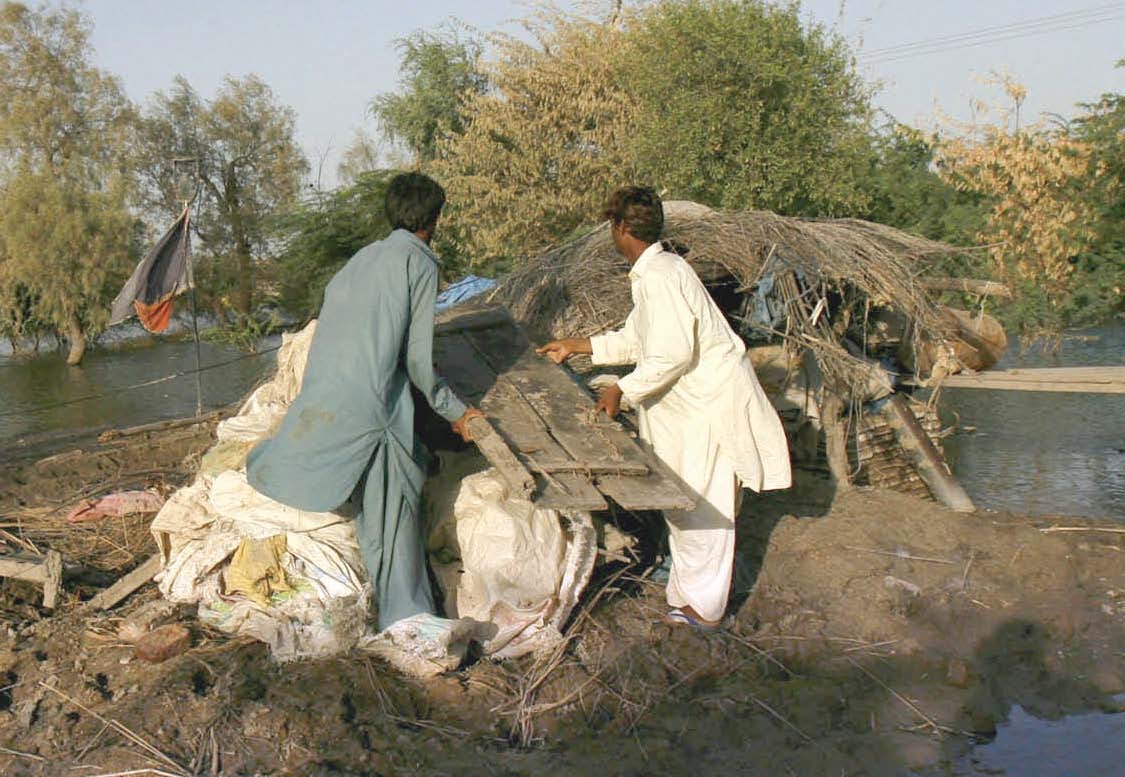 A breathtaking view
A breathtaking view Upper Neelum
Upper Neelum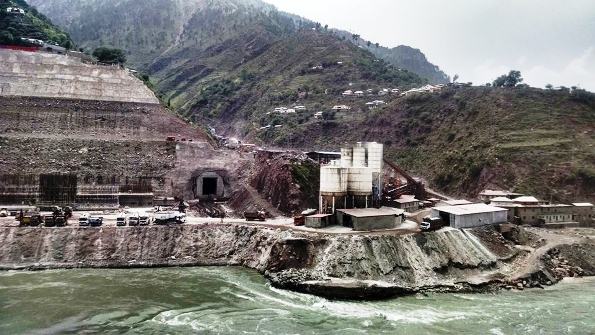 A dam being built by the Chinese on River Neelum
A dam being built by the Chinese on River NeelumOne of the local drivers we later met described the road along River Neelum (and through Neelum Valley) as the most beautiful 100 kilometres in the world, which also happened to be the reason why he chose the job as a seasonal jeep driver.
I couldn’t agree with him more.
 The condition of the roads wasn't so great
The condition of the roads wasn't so great But the surrounding views were surreal
But the surrounding views were surrealOne slightly annoying factor was the countless interruptions we had to face due to the herds of goats, horses, and cows crossing along the way. Herders would force them aside once a car would come, and if the herd was too big, we would just have to wait and watch them pass.
 A herd we came across on our way to Keran
A herd we came across on our way to Keran
A long journey later, we finally made it to Keran. Surrounded by beautiful cottages, lush green fields, and a river flowing right through it, none of us regretted our decision to stay here for a day.
 The view from our cottage in Keran
The view from our cottage in Keran Keran
KeranOur next destination was Kel, a beautiful village even higher up the Neelum Valley. The quality of the roads at this point had further deteriorated and it was quite a challenging ride up the mountain to Kel. Once we reached Kel, we were in awe of the sheer beauty of this village.
 Kel, a beautiful village
Kel, a beautiful village Kel
KelWe had already decided to stay at Kel for two days which would allow us to further explore this place. The temperatures here were lower, and it was raining when we entered the village. The rain was followed by a strong hail, which was an absolute pleasure to experience.
After conversing with the locals, we discovered that there was an even more beautiful village further up the valley, Tao Butt. A shared jeep would take us there in four hours – even though the distance was less than 50 kilometres, the road to Tao Butt was no less than a roller coaster ride.
Tao Butt is the last known village in Neelum Valley. We were already amazed by the beauty of Azad Kashmir so far, but Tao Butt made us forget everything we had seen so far. It felt like we were in heaven.
 Tao Butt
Tao Butt Tao Butt
Tao Butt Tao Butt
Tao Butt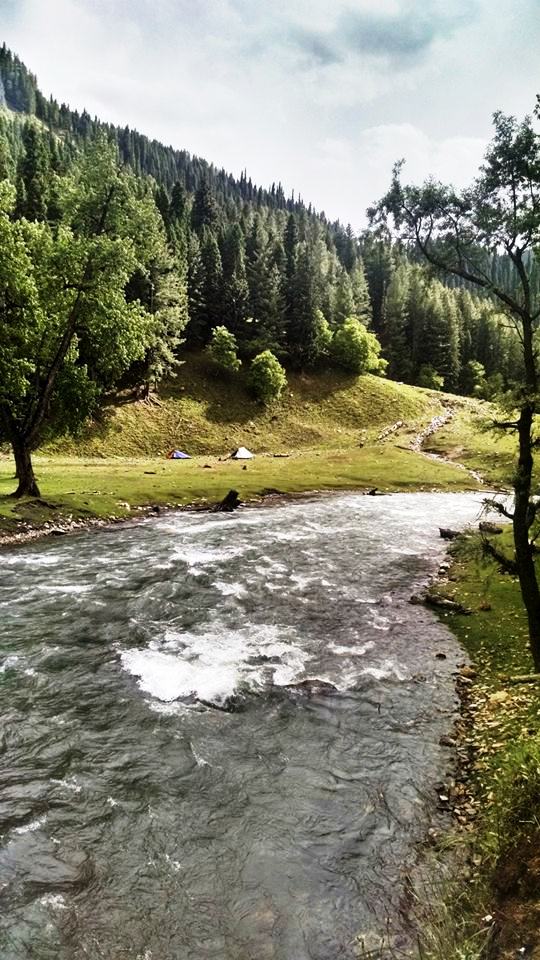 Tao Butt
Tao Butt Tao Butt
Tao Butt Tao Butt
Tao ButtI later realised that it was nothing but heavenly beauty, and there is nothing more beautiful than that. There is no other feeling like being this close to nature.
All photos: Habib Sajid

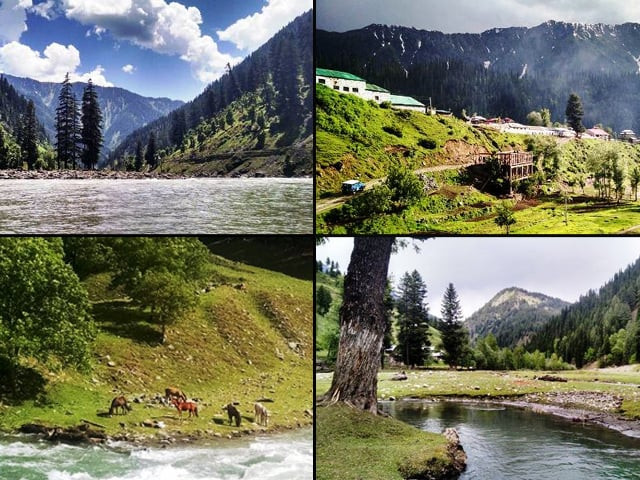

COMMENTS
Comments are moderated and generally will be posted if they are on-topic and not abusive.
For more information, please see our Comments FAQ